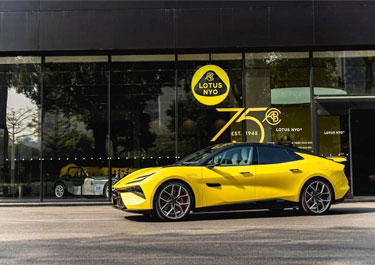LOTUS
A car brand that brought innovation, engineering, and a devotion to simplicity that significantly changed the world of cars. Starting 1948, Colin Chapman modified a 1928 Austin Seven to become a “Trials” racing winner. He named the car, Lotus, Mark 1.
With continued success on the British trials race circuit in a second Austin Seven, dubbed the Mark ll, Chapman launched the Lotus Engineering Company in 1952 to build race cars. In 1957 he build essential a formula car for the road called the Mark Vll; a car to become a quintessential rolling statement of Chapman’s philosophy of small, light, nimble! That car became known around the auto world as the Lotus 7. The car is still being made today under the name, Caterham 7.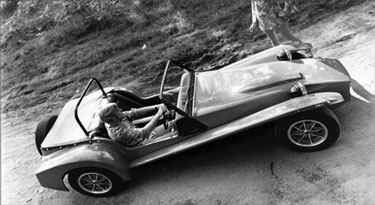
To fuel his racing passion, Chapman developed the first real road car for sale to the public in 1960, branded as the Lotus Elite; fiberglass body, Coventry Climax engine of 102 HP resulting in a 0-to-60 time of 8.2 seconds and a top speed of 123mph. I saw these two cars racing at Road America in the early sixties as they out maneuvered all competitors in the turns and held their own on the straights against cars of triple the horsepower.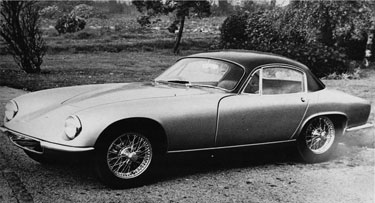
The 1960s, 70s and 80s were a somewhat dificult sales period for lotus road cars due to three primary reasons; The American market was economically the prime sales opportunity, However, during that period Americans loved big cars with big engines. And, because of its uniqueness, Lotus cars appealed to a limited number and type of buyer. Never daunted though, Chapman developed a car that turned the race world on its ear with his rear-engine Formula 1 car. He entered a car with an ofset suspension for the Indianapolis 500, driven by Jim Clark, in 1965.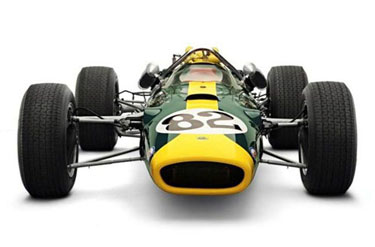
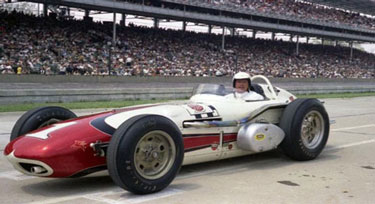
The diminutive car looked almost like a toy compared to the big Ofenhauser powered cars representing the best of American track racing. Clark led the entire race except for two laps and won the Indy 500 to the disbelief and dismay of millions of American race fans, me included. Even though I had been an Austen Healey driver in the early 60’s, I was somewhat irritated that such a car could come to our country and dominate our historic Indy 500 race.
From that point on, the racing world was changed forever by the switch to rear engine race cars. Pioneered by Porscha in the 1950’s with its model 356, the rear engine car now demonstrated itself to be technically relevant, if not dominant. Rear engines started to appear in a few road cars with Chevrolet, the pioneer in America with its 1963 Corvair. I bought a new Corvair Spyder in 1963. Living in Minnesota, it was tricky to drive in winter snow due to the light front end. I found that the weight of a case of beer kept in the frunk gave just the right bite of the front tires to take out the understeer.
To leap ahead several decades, the Tiburon Classic Car Show is happy to host Lotus as our featured car this year as the Price Family Dealerships launch their new Lotus store with the brand-new Lotus Emeya. After a production gap from 2009 to 2021, Lotus came out with a beautiful car named the Evija and followed in 2021 with the Emira. The cars here with us today are stepped up in technology to an all-electric model super car called the Emeya. Awesome styling, Lotus razor sharp handling, and power to press you into the back of your seat, this new car is something to experience. Walk up to the front of the show line to see these impressive cars and talk with the Lotus people.
Lotus Dealership Contact Information
General Manager – Bret Feasel 195 Casa Buena Drive
Corte Madera, CA 94925